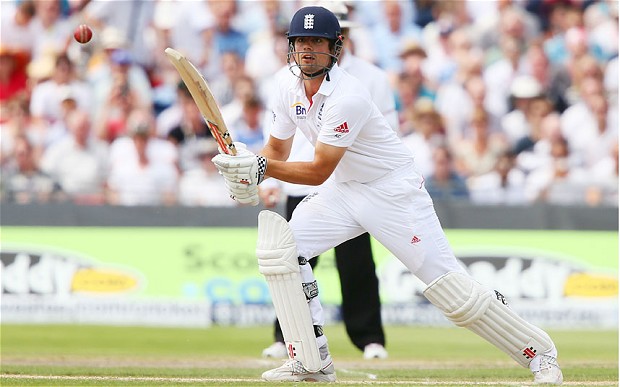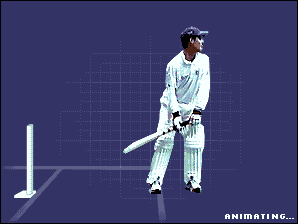Grip
The grip principles are the same for right and left-handers.
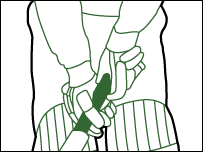
For a right-hander the left hand should be at the top of the handle – vice versa for a left-hander.
Check both your hands are fairly close together on the bat, towards the top of the handle.
Form a “V” by pointing your thumb and forefinger down between outside edge and centre of back of bat.
The top hand rests comfortably on the inside of the front thigh (left thigh for a right hander).
And the back of the top hand should face towards extra cover.
Batting Stance
The stance is the “ready” position when the batsman is about to face a delivery.
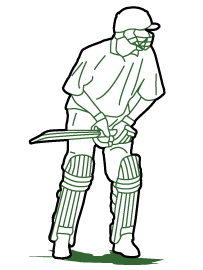
It is the base to play all your shots, so remember to be comfortable and relaxed.
Points to remember:
- The feet should be approximately a foot length apart either side or on the popping crease
- The weight of the batsman should be on the balls of their feet, with the knees slightly bent. This means they can transfer quickly to either their front or back foot depending on the length of the ball
- The batsman should be side on when the bowler is about to deliver
Some batsmen prefer to open their stance to help them see the ball clearer
Here’s how to… get the correct backlift and step
Most batsmen will raise their bat as the bowler approaches.

Taking the bat back and stepping to the ball sets the batsman up for playing the correct shot properly.
The bat is taken back towards the stumps and at the top of the backlift the face should open towards second slip.
The front shoulder should roll down as the bat is lifted, with the head kept as still as possible.
Keep the hands close to the back hip, so that toe of the bat is at around shoulder height.
Ensure any movement forward or back is completed before the downswing of the bat begins.
Front foot shots
Straight Drive
Master the straight drive
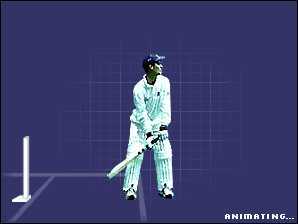
The straight drive is one of the most classical shots in a batsman’s repertoire.
It is usually played to a full length delivery on or outside off stump.
Most of the work is done by the top hand, with the bottom hand lending support, to keep the ball along the ground.
The forward defensive shot
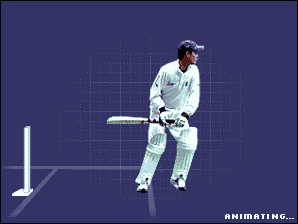
A straight ball on a good length has to be treated with respect.
The principle of a forward defensive stroke is to block the ball rather than to score runs.
Every batsman needs a solid defence to build big scores.
Learn the sweep shot
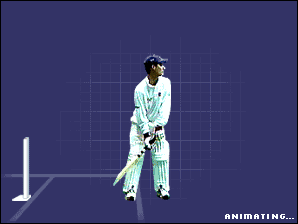
The sweep has become the favoured shot against spinners, especially by England’s batsmen.
It is a cross-batted shot played to a delivery on or around leg stump behind square on the leg side.
There’s an element of risk when you play the shot, so read on to make sure you don’t give your wicket away needlessly.
Playing the front foot leg glance
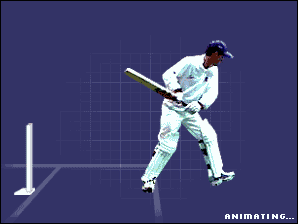
The front foot glance is more a deflection rather than a stroke because it relies on pace already on the ball.
The placement comes from a flick of the wrists at the moment of impact, so the bat face is angled rather than straight.
Make sure your head is over the ball, with your weight on your front foot.
This will keep the ball on the ground, rather than flying dangerously in the air.
Back foot shots
The back foot defence
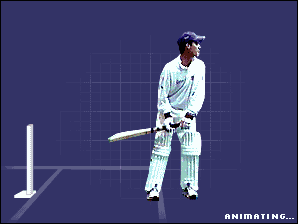
It’s not the most glamorous shot, but it’s a hugely important one, especially when facing fast bowling on a bouncy wicket.
If the ball is pitched on the stumps – but short of a good length – it needs to be played safely.
Going forward to a delivery like this is dangerous and you’ll also increase the chance of getting out.
Going back on your crease and meeting the ball at the top of its bounce will help you to be in full control of the shot.
Also, try to meet the ball with soft hands.
This means relaxing your hands on the bat handle, which helps to take the pace off the ball and reduces the chances of getting caught near the wicket.
The back foot leg glance
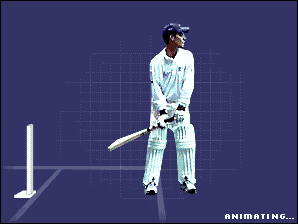
Most international players are very strong when the ball is pitched on or around leg stump.
If you can play this shot well, you’ll definitely pick up runs square and behind the wicket on the leg side.
The timing and control of the shot comes from the wrists. A little flick at the moment of impact will close the face of the bat, helping the ball to the boundary.
You’ll need good balance when playing the shot, with your head over the ball. It’s a great shot to play against opening bowlers because it relies on the ball coming onto the bat.
The square cut
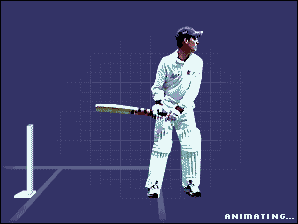
If bowlers give most batsmen a short and wide delivery outside off stump, chances are they’ll be hit for four square of the wicket.
The square cut allows batsmen to free their arms and hit the ball with a cross bat, enabling them to get plenty of power on the shot.
But be careful, although a square cut can bag you plenty of runs, it can also lead to your downfall if you get too confident.
Driving off the back foot
This is one of the best looking cricket shots you can play.
It enables you to score runs in the area between mid-on and cover to a delivery just short of a length.
As with all other back foot shots, you’ll need good balance and quick feet movement.
But unlike the hook or square cut, the back foot drive relies more on timing and placement rather than power.
The hook shot
There are a few differences between the pull and hook
Where the pull is played to a ball around waist height, the hook is played to a short delivery between chest and head height.
A word of warning, the hook is the riskiest – and potentially the most dangerous – shot to play in cricket.
It’s played to a short pitched delivery around your chest and head and so is the most difficult shot to control.
It’s very difficult to roll your wrists playing the hook, so it’s likely to be in the air for a few seconds.
